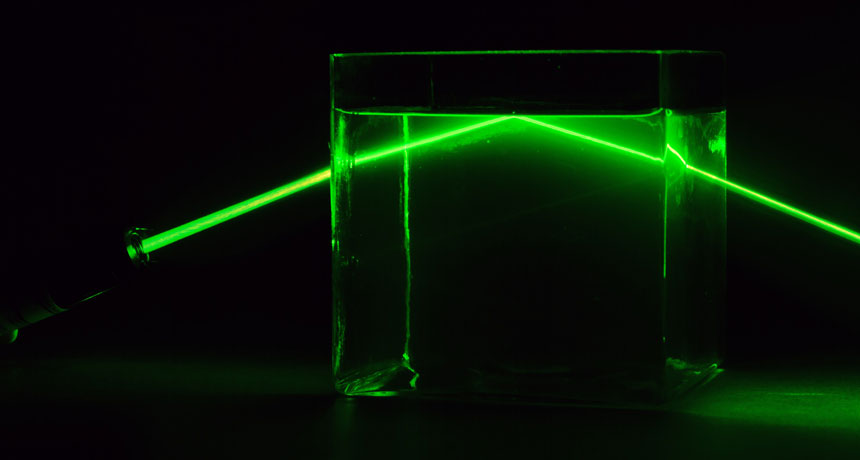Military Nano Lasers Structure and Functions (Based on PhD in Nano Microelectronics) PhD in Education
Researcher and author: Dr. ( Afshin Rashid)
Note: Laser weapons have many advantages over conventional weapons, but also serious disadvantages that make them difficult to use in operation. Nano-laser weapons are divided into several groups, including solid-state nano-lasers, chemical nano-lasers and free-electron nano-lasers .
In general, a variety of nano-laser weapons have been designed and manufactured, but most of them have not gone beyond research and technology. Today, laser ground-based weapons have the ability to destroy missiles , and artillery shells and mortars in flight. Airborne laser weapons have also been successfully tested, and even space laser systems have been used to destroy satellites or ballistic missiles.
Free electron nano-lasers for high power applications such as very high potential efficiency
Free electron nano-lasers have powerful military applications such as very high potential efficiency. Nano-lasers are often based on the concept of population inversion between energy levels of bound states of matter, meaning that the electrons are either attached to the atom and the molecule or the electrons are moving along several atoms. At Free electron nano-lasers in which electrons have even greater freedom of movement than these. The basis of the free electron laser is the oscillation of electrons in a vacuum that is empty of any material gain medium. The basis of a laser beam is that an electron beam passes through an alternating magnetic field called a conductor at a speed close to the speed of light. The relativity of electrons causes a frequency fluctuation to transmit from the low frequency observed in the electron-mounted coordinate system. Accurate characterization of the free electron nanos laser requires the application of the theory of relativity, but some basic concepts can be understood without it. . We know that electrons radiate rapidly and also by radiation from an antenna in which they oscillate back and forth over a fixed path. In a free electron laser, like any other laser, the laser gain is due to the presence of induced emission. .The high power of the free electron nano-laser has received more attention in the military field. The quality of the laser output is determined by the quality of the electron beam. The divergence of the angles of the electron beam leads to a decrease in gain, the non-uniformity in the magnets produces the emission propagation. The pulsed electron beam leads to the output of the pulsed laser and the continuous electron beam leads to the output of the continuous laser.
Conclusion :
Laser weapons have many advantages over conventional weapons, but also serious disadvantages that make them difficult to use in operation. Nano-laser weapons are divided into several groups, including solid-state nano-lasers, chemical nano-lasers and free-electron nano-lasers .
Researcher and author: Dr. ( Afshin Rashid)
PhD in Nano-Microelectronics




